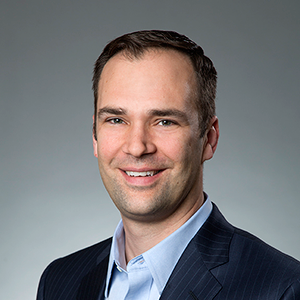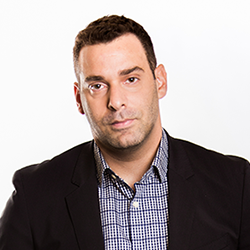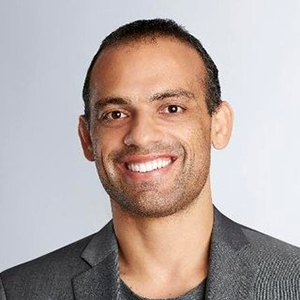Q: Tomer, Gartner recently named SentinelOne a Visionary in its Magic Quadrant. What is it about your technology that put SentinelOne in that category?
Tomer Weingarten: SentinelOne was one of the first new entrants in years to a magic quadrant that was comprised only of the incumbent antivirus members. The ability to bring a completely new and disruptive approach to a space that has not changed in a very long time has definitely helped position us as Visionaries. Moreover, our core behavioral-based detection engine has proven time and time again that it is by far the most effective approach in dealing with advanced threats compared to other technologies out there. Couple this with the fact that Gartner noted we were the only vendor in the entire MQ research that unified next generation detection abilities (EDR) into a complete protection (EPP) suite - making SentinelOne the first ever all-in-one suite.
Q: Jeremiah, you recently left WhiteHat Security, a company you founded 15 years ago. What is your mission, what are your priorities as the new chief security strategy officer at SentinelOne?
Jeremiah Grossman: The malware space has been an area of personal interest for a long time, mostly because I always follow what our adversaries are up to. And typically after an adversary exploits a software vulnerability, they install malware on the compromised endpoint. For defenders, keeping systems malware free is an extremely difficult and escalating battle — one in which the security industry is not winning.
As Chief Security Strategy Officer, my role is as the name implies. Possess a deep understanding of the malware threat landscape, understand the particular needs of the customer, and design technological and business defense strategies to help solve the problem. Then take what we learn at SentinelOne, what works and what doesn't, and share the knowledge with the world! This is how we all best improve our defenses and turn things around.
Q: Jeremiah, is anti-virus technology really dead, as some have argued, or has it just morphed into something different?
Jeremiah Grossman: I think so, have said so, but in my experience discussing form this point of view, it only leads to a semantic debate. Avoiding that, one thing everyone seems to agree upon is that using malware signature as a primary means of detection is either long dead or largely unreliable. What all anti-malware vendors are moving their products towards, and some are further along than others, is behavioral-based detection. Behavioral detection algorithmically scores what could potentially be malware by monitoring what the binary application does during execution. At run-time, malware has distinctively unique characteristics from benign software.
If you want to call this style of malware protection ‘anti-virus,' fine. I won't argue, but it's probably not the most accurate or descriptive. My preference is next-gen endpoint protection (Next-Gen EPP), as the term captures a more complete and modern set of functionality that's necessary to stop today's forms of malware.
Q: Tomer, what do you want attendees at Black Hat USA to understand about next generation endpoint security?
Tomer Weingarten: First attendees should understand there is now a very viable alternative to antivirus. Like any technology it's not a magic bullet, but should be viewed as a significant leap from the static-based engines that organizations have used for decades. There's also a lot of noise and different definitions to what is next generation endpoint protection, and its important to highlight that true next generation endpoint security must include the entire gamut of functionality - from prevention, through detection, remediation and finally endpoint visibility, and also has to be able to deal with the most advanced attacks out there and cover all different attack vectors - malware, exploits, file-less attacks and script based attacks. If you don't have these capabilities, you might be exposed to certain threat vectors - so it's imperative to understand which coverage you're getting, and for what.









